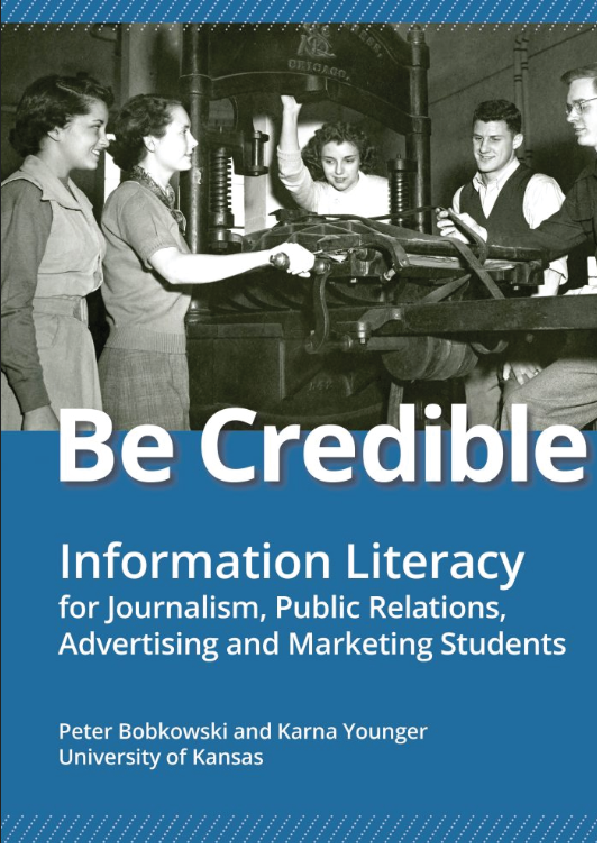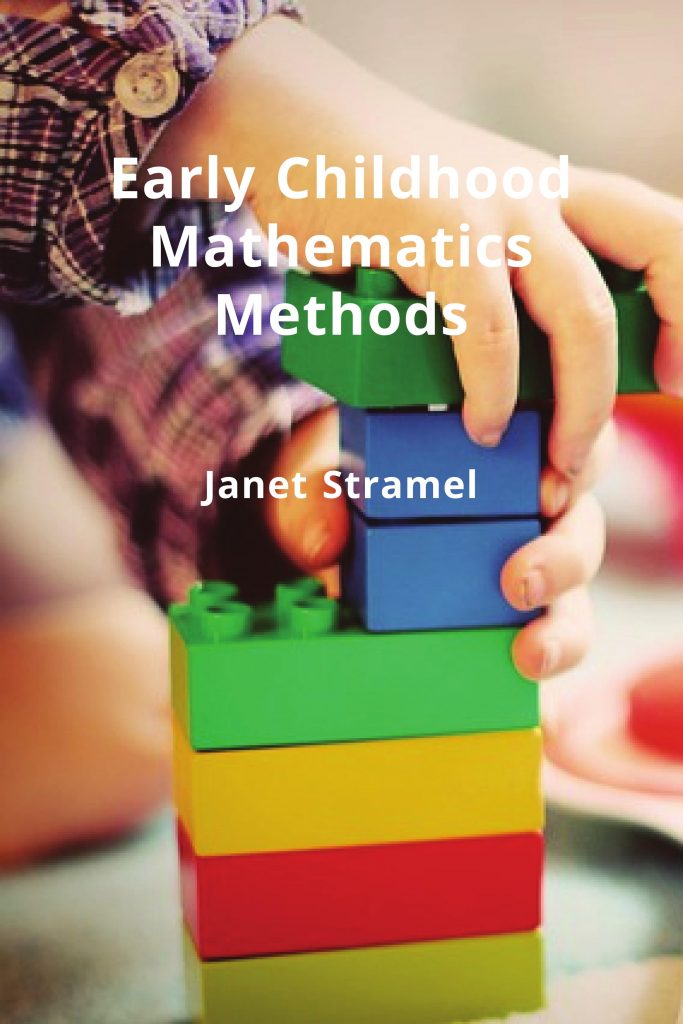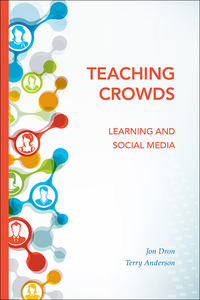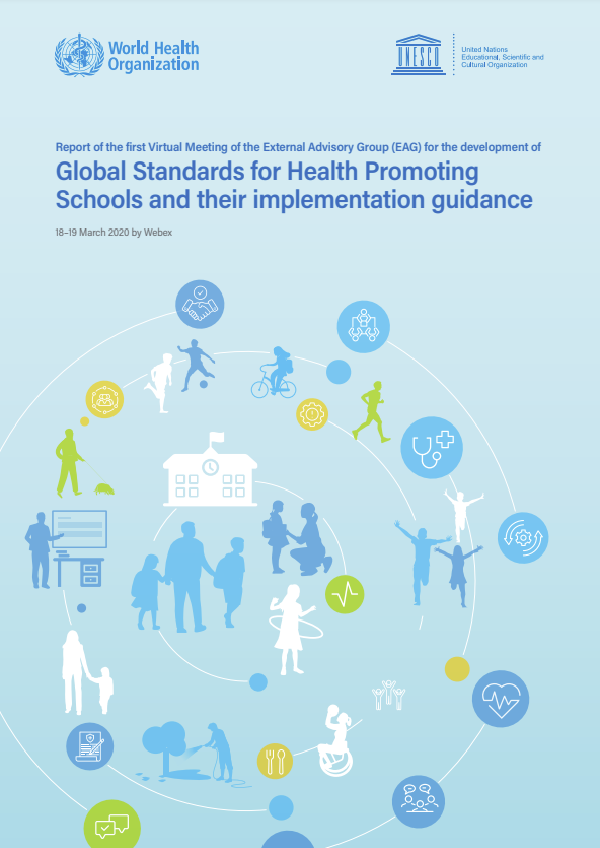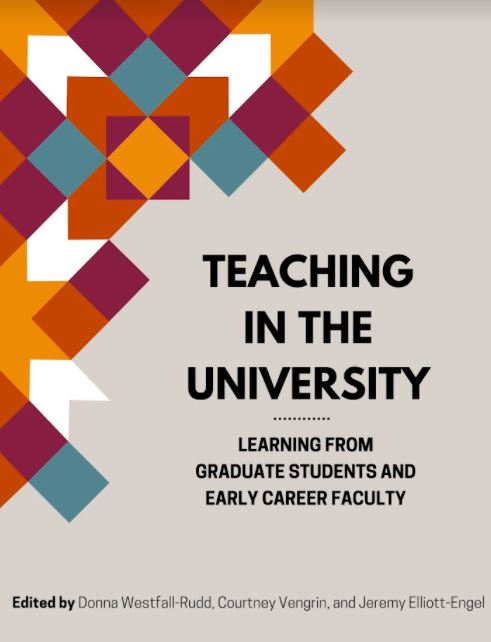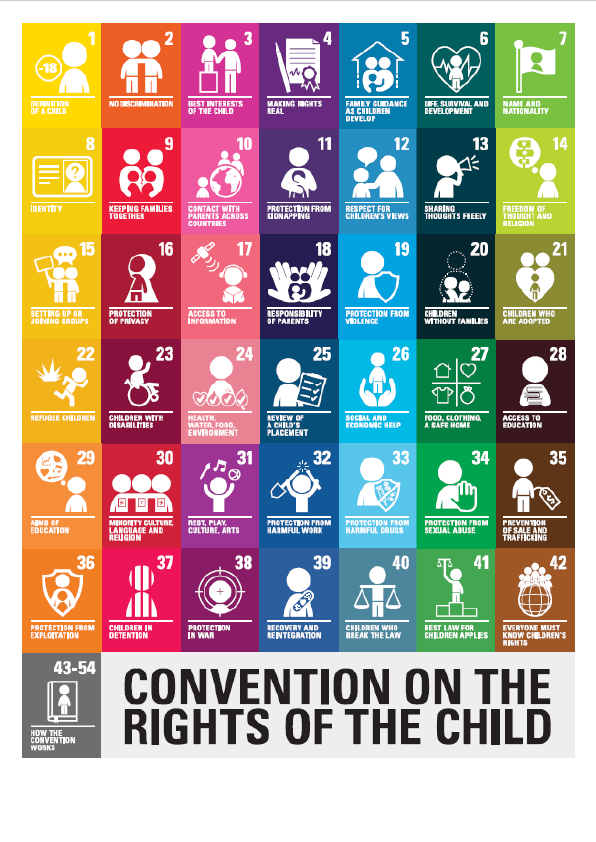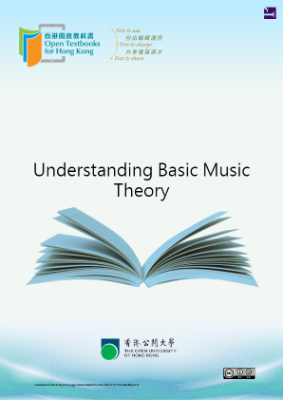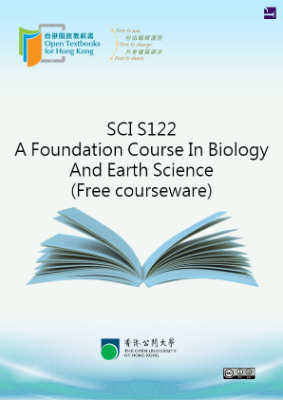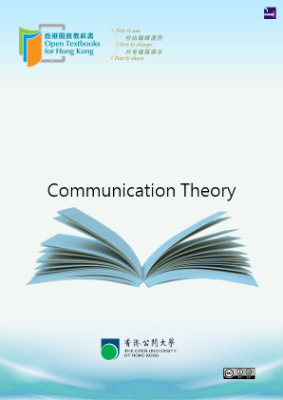The Journalism 302 course was conceived originally as an introduction to journalistic research methods. It is also a companion to a media writing course in which students learn the conventions of presenting the information they gather. The initial goal of the course was to teach students who do their research almost exclusively with Google and Wikipedia to become familiar with other information sources, like scholarly and business databases.
Journalism 302 also is designated by the university as a critical thinking course. This means that students are expected to reflect on their own thinking, to question their assumptions, and to support their arguments with evidence. Students are challenged to identify their own information needs, and to examine the credibility of their sources within the context of their current and future work as professional communicators.
Over time, and in conversations with colleagues at the University of Kansas Libraries, it became clear that Journalism 302 is an information literacy course. Information literacy, according to the Association of College and Research Libraries (ACRL) definition, is about how individuals find information, understand its sources and structure, evaluate it critically, and use it responsibly (or don’t use it). Information literacy has been a key concern for library and information scientists for several decades. In our case, ACRL’s concept that the authority of information is constructed and contextual aligned well with the concept of credibility, which had become a unifying theme in the Journalism 302 course.
To teach information literacy and journalism practice, we needed a textbook that would deconstruct the process of judging the credibility or authority of sources, and that would align with the professional standards of journalism. As we searched for textbooks and other instructional materials, however, we concluded that there wasn’t anything on the market that met our students’ needs and the goals of this class.
This textbook, therefore, is the result of a collaboration between journalism and library faculty. It is an illustration of what happens when concepts developed in library science and instruction get applied to a specific field, in this case, journalism education. Our overarching intent in writing this book was to help undergraduate journalists develop the skills and a skeptical stance for accessing, evaluating, and using information, and in the process, to build their own authority as credible communication practitioners.
What Is in This Book?
The book is structured chronologically and topically, using the order in which concepts and skills are presented in the Journalism 302 course.
The first section focuses on the research process by breaking down the concepts and skills that are essential to assessing and contextualizing the authority of information. To begin, we define and explore the concept of credibility as it relates to practicing journalism. In the next chapters, we walk readers through the fundamentals of developing a topic, using search strategies, collecting evidence, and attributing the sources of information in writing.
Section 2 covers several approaches to evaluating the credibility of sources. We reinforce the link between evaluating sources and students’ own credibility, by encouraging students to approach every source with the question, “If I use this source in my writing, will it contribute to or diminish my own credibility?” Over four chapters, and a chapter on bias, we deconstruct and present several methods for engaging in the credibility assessment process. We provide step-by-step instructions and examples of identifying specific credibility cues, collecting evidence, conducting the assessment, and presenting a conclusion. Our methods are based on those presented in the 2017 online textbook, “Web Literacy for Student Fact-Checkers” by Mike Caulfield, and in the 2010 article, “Using a Targeted Rubric to Deepen Direct Assessment of College Students’ Abilities to Evaluate the Credibility of Sources” by Erin Daniels, published in the journal College & Undergraduate Libraries.
